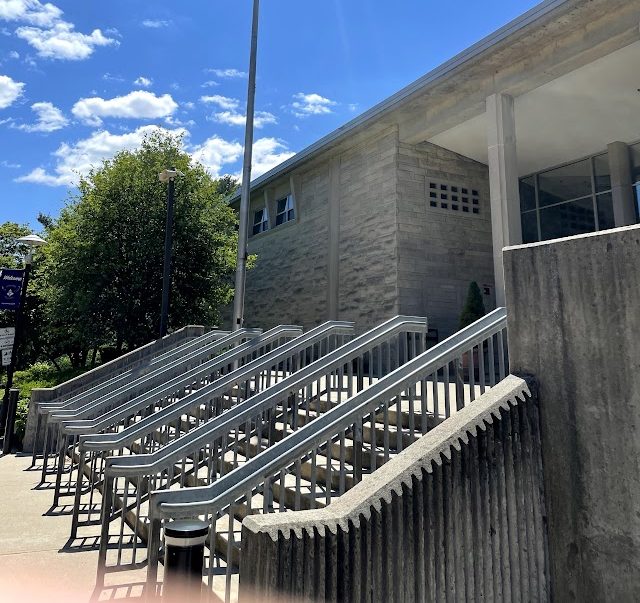For many Junior high school students like myself, the college process awaits us around the corner. The ability to attend university gives people the opportunity to advance themselves, build a career, and to just have fun. Today, a college degree is also considered critical to success in the labor market. However, rising tuition costs put this possibility and opportunity at risk for many.
While searching and exploring different college options, I often find myself forced to ask a long checklist of questions: Will I be able to attend college? If so, do I take $200,000 in loans and struggle to pay them off for my entire life? If so, is college even worth it anymore?
As of 2023, the average income in the United States is $74,738 according to the most recent Bureau of Labor and Statistics report. Taking into account that the average cost for a four-year private university is now around $50,000 a year, how is the typical American supposed to afford a higher education?
This question becomes increasingly more difficult to answer considering the increase in federal inflation, and the end of tuition freezes and special bargains seen during Covid-19. In short, prices are rising and discounts are ending.
While some schools continue to freeze tuition, like most public universities in Virginia, others continue to increase their tuition costs. “Full tuition and fees [at The University of Virginia] for a Virginian starting at the public flagship in Charlottesville are now estimated to be 5.8 percent more than the year before,” columnist Nick Anderson of The Washington Post stated. These small percentage increases in tuition might not seem significant, but for many families, these increments are the difference between attending or not attending university.
However, inflation and the lack of tuition freezes aren’t the only things to blame. State government cuts in funding for universities have made costs higher for students. “These days, tuition accounts for about half of public college revenue, while state and local governments provide the other half. But a few decades ago, the split was much different, with tuition providing just about a quarter of revenue and state and local governments picking up the rest,” CNBC co-author Jessica Dickler points out. Without proper government funding, the burden will fall on students, ultimately causing debt.
According to a College Board report in 2021, 51% of students who graduated from a four-year public university were left with federal debt averaging more than $21,000 per student. Often, private institutions are even more expensive. These students are put in the difficult situation of choosing between affordable schools or ones that require taking on tremendous debt, which students could later default on.
While some claim that students can opt for more affordable schools and don’t necessarily need to pick the school of their dreams, the reality is that all schools have become out of economic reach for most families, even ones that are deemed “more affordable” options, such as community colleges. According to a 2022 report from The Olympian, for example, all Washington State community college students will face a 7% increase in their annual tuition. Community colleges across the country face similar challenges. Additionally, students at community colleges can only receive a two year Associate Degree, and are required to finish their last two years at a non-community university in order to receive a four-year Bachelor’s Degree; the standard requirement for most jobs. These last two years are often tens of thousands of dollars in tuition, which is unaffordable for many.
Months after the Supreme Court rejected President Biden’s proposed $10,000 student loan forgiveness plan, the Biden administration announced an executive $9 billion student loan relief, which is estimated to help over 125,000 borrowers. However, 59% of Americans worry that student loan forgiveness will worsen inflation, expressed by a recent CNBC report. Will more aid solve the problem?
This “high-tuition, high-aid” approach to financing college is described by Emily Cook, an assistant professor at Tulane University, as causing more debt. Instead, it’s clear that state governments should go back to funding college tuition more directly.
College remains one of the most important and exciting experiences in people’s lives. However, while college tuition rises, the dreams and ambitions of many can be crushed for those who can’t keep up with the growing cost. As a country, we must stress the importance of state funding and reform, and hold colleges accountable for their unrealistic prices. All this, if we want to preserve the American dream and our country’s educational institutions and their integrity.












![[Shark Fin Soup] by [Harmon] is licensed under [CC BY-ND 2.0]](https://flhsprospect.com/wp-content/uploads/2025/04/Screenshot-2025-04-24-8.24.37-AM.png)
